I have no idea what color any of these will be, and the color of the leaves is fairly variable from one plant to the next. Some have lighter green leaves, other have darker. I collected a bunch of berries from a bunch of different plants, all of which were growing in close proximity to one another, and sowed them all. These are what came up. Some people like to know exactly what they are planting. Others, like myself, are excited to see if anything special happens. All I know is that these are all some form of native coral honeysuckle.
This is a nectar source for hummingbirds, which are one of their primary pollinators. This is why you’ll find coral honeysuckle in my MagiK Picks category, Humdingers for Hummers.
Find coral honeysuckle in the wild
This popular garden plant can be found growing wild in various habitats, including forests, woodlands, and along the edges of wetlands. (Source)
Grow coral honeysuckle in your garden
So… I don’t know about other people’s experiences with this plant, but mine is this. It’s a vine that desperately does not want to be a vine. You may consider it a very long, floppy shrub. Try as you may to drape it over something and encourage it to climb, the following day you’ll find it has removed itself from your selected post. It seems to prefer to clamber through and among other plants than go up anything. In every case I have attempted to train it up something, I’ve had to tie the stems to the thing and tuck other stems underneath with the help of a bit of twine. You need a roll of twine.
As a woody vine-shrub, the stems will eventually stiffen in their trained position, long before the twine disintegrates. You will, however, wish to continue doing this with the new growth until it finally gets the idea and starts to intertwine with itself. I have found that of the native plants, this one seems to have a bit of a personality. It is certainly stubborn. The first one I ever planted, which is in the woods at the edge of a clearing, somehow managed to remove itself from the very loose tie I had used. It was loose enough that it pulled itself out of the stranglehold and made a run for a shadier part of the woods. So I gave up. It can do what it wants, same as the other plants. That being said, maybe it’ll eventually let me train it on the deformed cherry tree nearly choked to death and tied down by invasive Japanese honeysuckle.
Some of the ones I’ve planted, I didn’t even bother. They’re planted as a sort of trailing ground stalker. It’s fascinating seeing where they decide to run with their floppy stems. If there are living plants, they will tangle themselves up in them a bit, popping out here and there. If there is open ground, they hug it as closely as possible. However, attempting to train one on a dead branched structure caused it to shoot straight up in the air. I tried to pull it back down and wrap it around the branches, but it would pop back out the following day. I eventually gave up on that one too, deciding that once it’s too heavy to hold itself upright, it’ll fall over. I guess I’m a softie when it comes to stubborn plants.
That one, of course, is quite daring. The ones that hug the ground or hide among other greenery are smart. The deer do like to browse these plants, and the one shooting straight up has been nipped at far more often than I could count. They grow so quickly, I cannot keep up with spraying the new growth in time. The more humble honeysuckles tend to have an easier time of hiding. This most daring of my honeysuckles is also the most prolific in its blooms (despite deer eating some of them). It’s been going strong since spring, and it’s now mid-July. For this reason, I consider it deer tolerant, in that once it gets going, a bit of deer browse simply results in more branching. Since it blooms on new growth, deer browse equals more new growth, which means more flowers. Just protect it the first year. The only annoying part is when they browse stems with flower buds on them, so spray those.
The most frustrating one for me in some ways has been one I’ve been training on the dead trunks of a Japanese maple (it was dying and I finished it off, besides, they’re becoming invasive). None of my other honeysuckles have put out quite so many stems as this one. At the same time, the other honeysuckles have bloomed for me, and this one is determined not to put out a single flower, not yet. It’s as if it’s holding off until it’s big and bushy enough to really put on a show. Since it’s growing next to 4ft tall swamp milkweed and an almost-as-tall Pycnanthemum of some sort, there’s a bit of competition to steal the show. We’re all patiently waiting, dear.
I know I am anthropomorphizing a bit, but you’ll see. You may even be entertained by your chosen honeysuckle’s antics. It likes rich, organic soil, well drained, not too wet. While it can tolerate shade, the more sun it gets, the more blooms it gets. Unless, of course, it’s like my ridiculously bushy honeysuckle which is growing in the sunniest part of the garden. Then you just end up with a lot of stems and leaves. Eventually it should bloom, one would hope. That’s their entire purpose in life – to reproduce. If you ever find the need to tame yours, once established, you can prune them back pretty hard. I wouldn’t say all the way to the ground, but if you wait to prune in early spring, it should make them bloom better than before.
Judgy Judy says…
You aren’t convincing me this one’s a wild native. My grandmother grew this in her garden. This is one of those plants that everyone knows. As long as it’s not trumpet vine, I’m fine with it.
A quick(ish) note on trumpet vine…
Trumpet vine, Campsis radicans, is one of the most aggressive native vines we’ve got. It also looks absolutely nothing like Lonicera sempervirens. One quick look at the leaves, and there is absolutely no mistaking the two. When I say this one’s aggressive, I mean Canada goldenrod is a meek little lamb compared to hydra in the form of a plant. Even the deer can’t keep it down entirely. Instead, it sends out rhizomes in every direction far from the original until it finds somewhere to grow unbothered. It grows wild in my woods, but I am not offering it in the store. If you really want one, just ask, and I’ll dig one of the rhizomes out for you. It’s an excellent way to piss off your neighbors if you plant it near the property line. I will not be held liable for your actions.
The more you prune it, the more it fights back with a vengeance. Campsis radicans is considered invasive in some countries. Here it’s somewhat kept in check by the deer (or rabbits if you’ve got ’em), and I have never seen mine bloom. I just have tons of 1ft tall plants spanning a large area.
This is despite the fact that this is toxic to most mammals, but my deer are a bit… desperate? They have even gone as far as eating violets. I have to stay on top of spraying pretty much everything. There’s an entire multi-generational family of deer living in my neighbor’s invasive thickets just waiting for their moment to come in when I’m indoors and locate anything that isn’t secure or sprayed. That being said, they rarely eat the things they’re actually meant to, like the ten million oak seedlings, redbud seedlings, dogwood seedlings, redosier dogwood etc. They did, however destroy my single moose maple seedling, despite an abundance of red maple seedlings. I thought it could hide with the other maples, but that was a mistake.
I think the overbreeding and lack of natural selection has resulted in deer with a few screws loose. Surprisingly, my deer do eat burning bush – yes, the invasive one. In that sense, they could be good for something, but only that, and not worth keeping them around for it. But I’ve literally watched them gnaw off all the tops of my potato plants and leave evidence of serious stomach upset after doing so. They are not bright, at all, and they’re losing all sense of survivor’s instinct on top of that.
Anyway, friends don’t let friends plant Campsis radicans unless they literally have plenty of wild spaces for them to roam. If you have enough room to leave something like a patch of poison ivy unbothered (another plant with high ecological value that is unwanted in the home garden), I’d let you plant it. At least it’s a native plant with lots of ecological value. It’s just cannot be tamed. You have been warned.

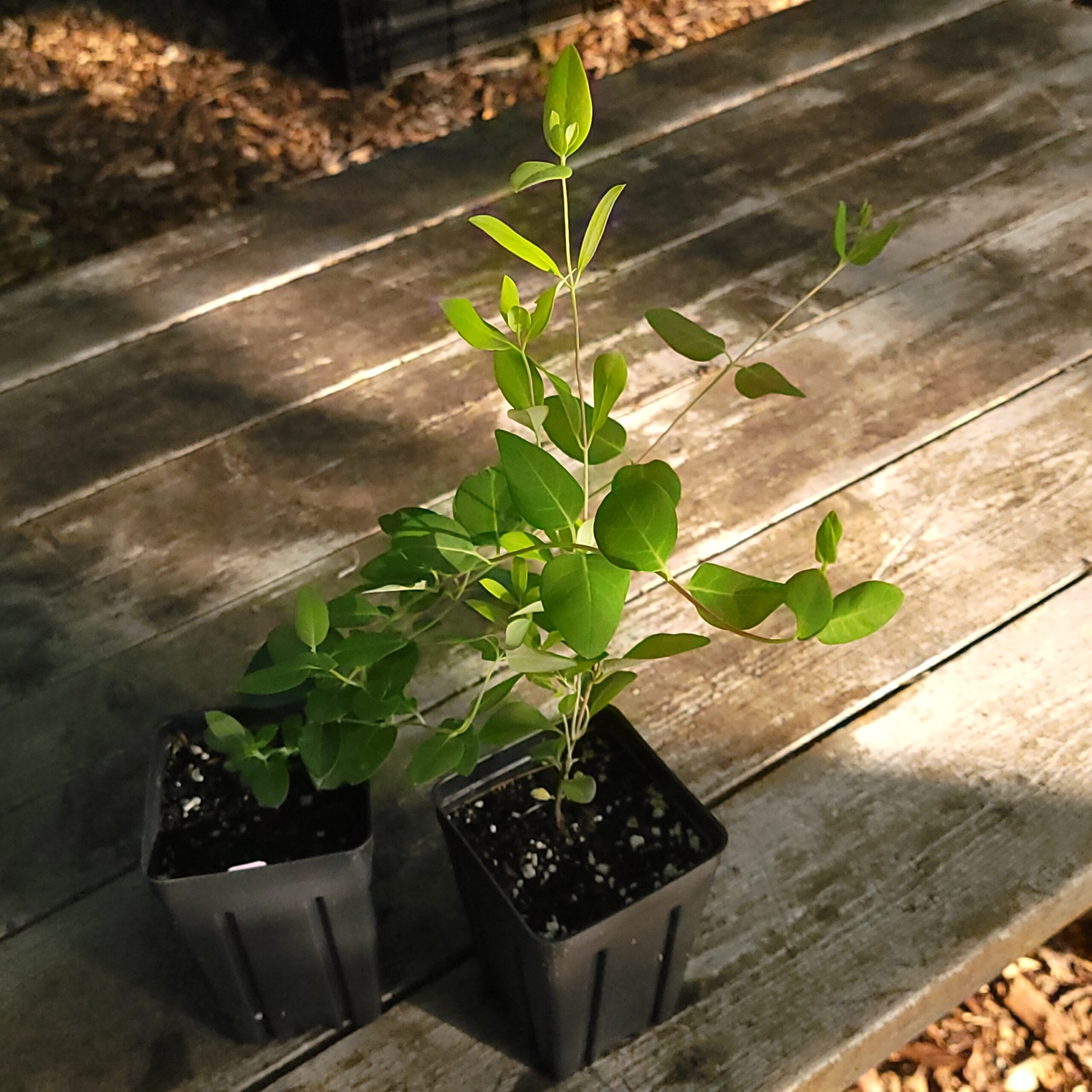
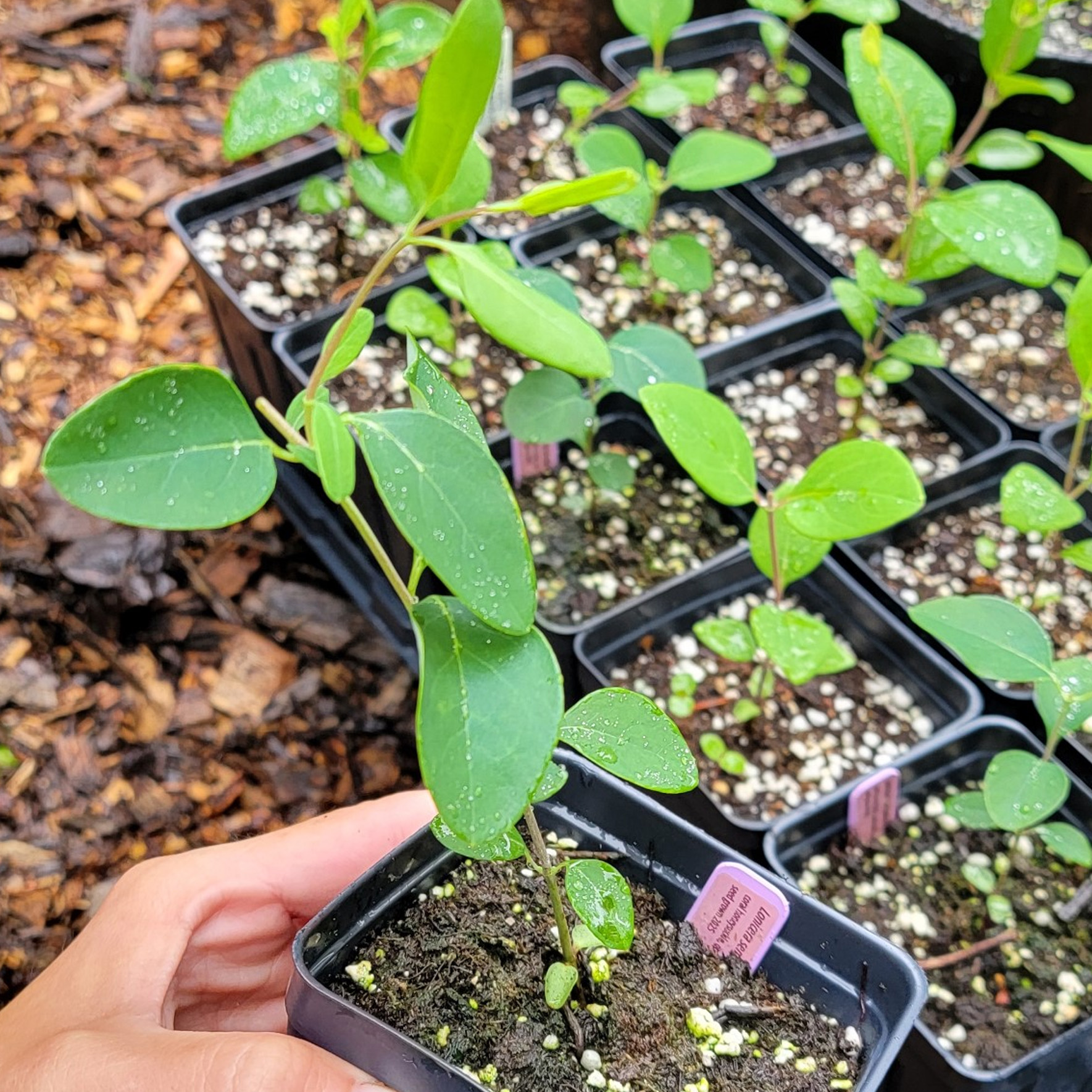
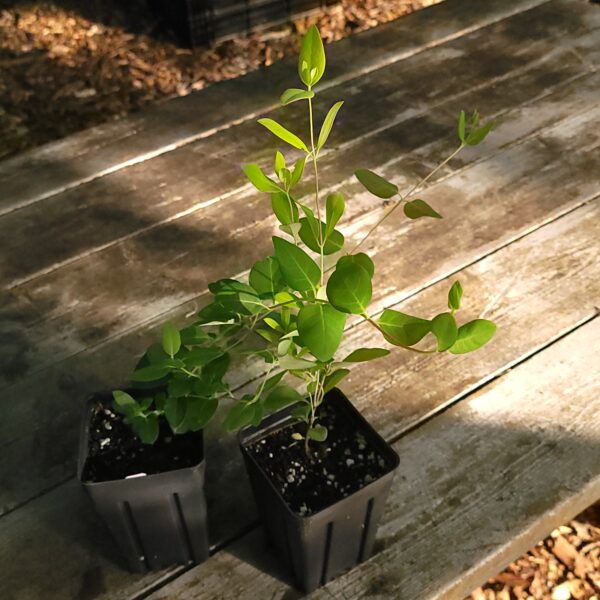
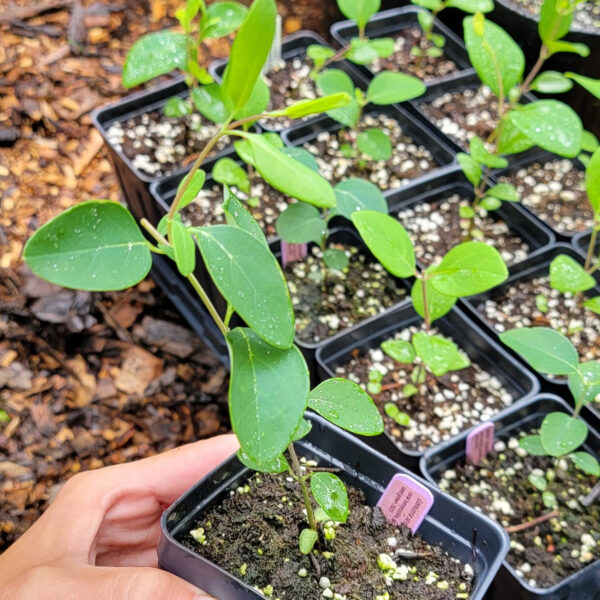
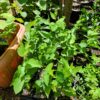
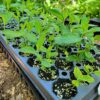


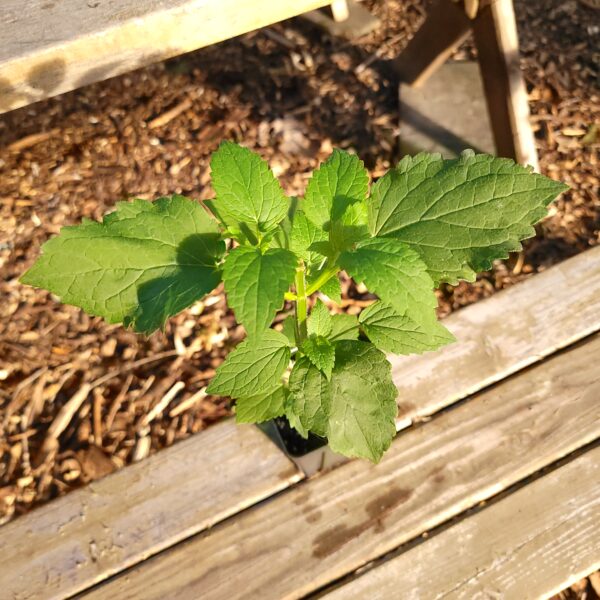
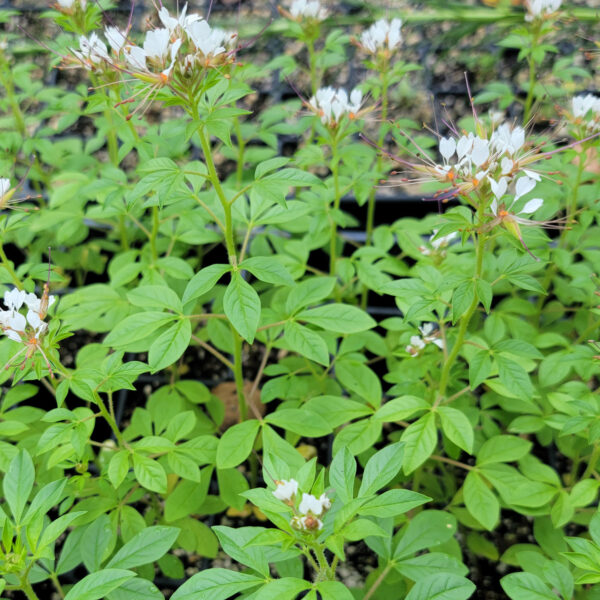

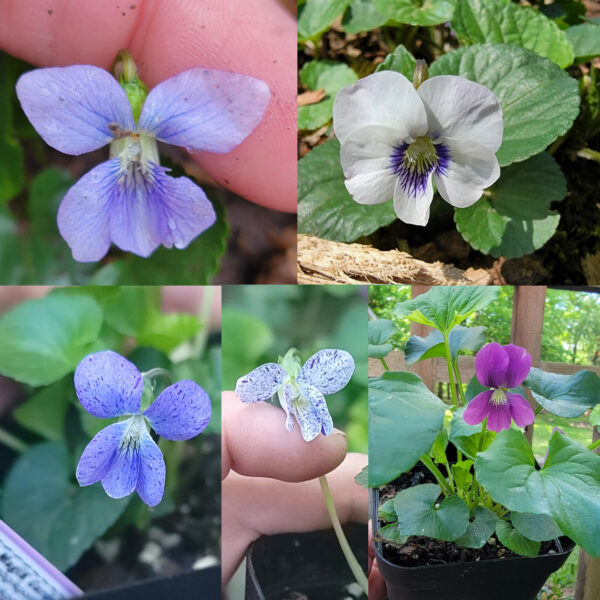
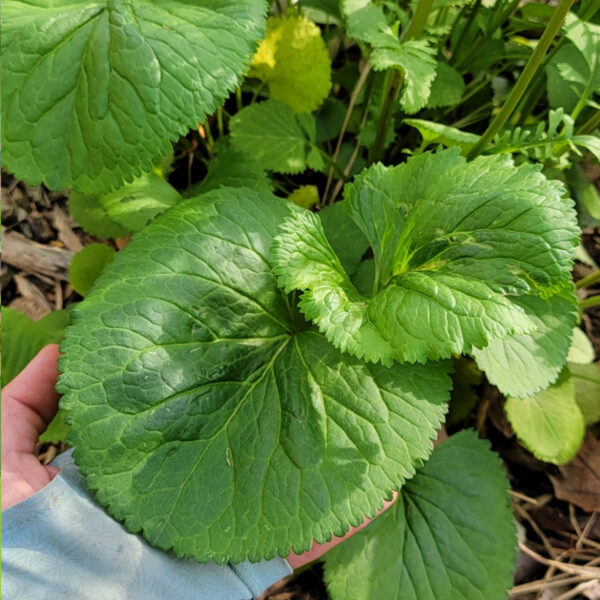
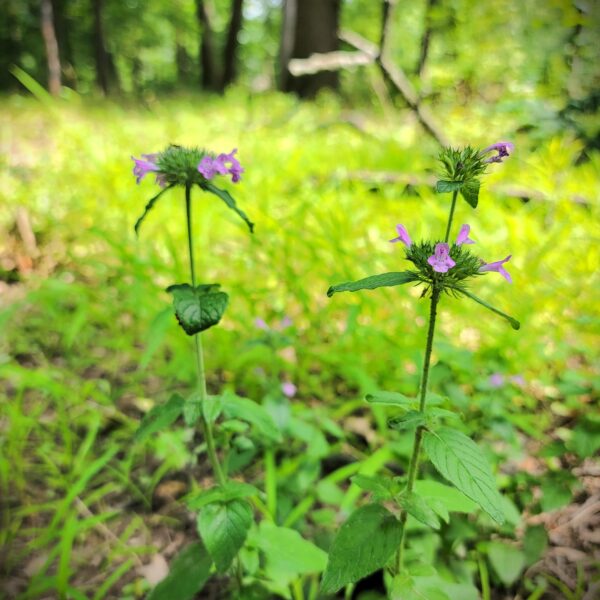


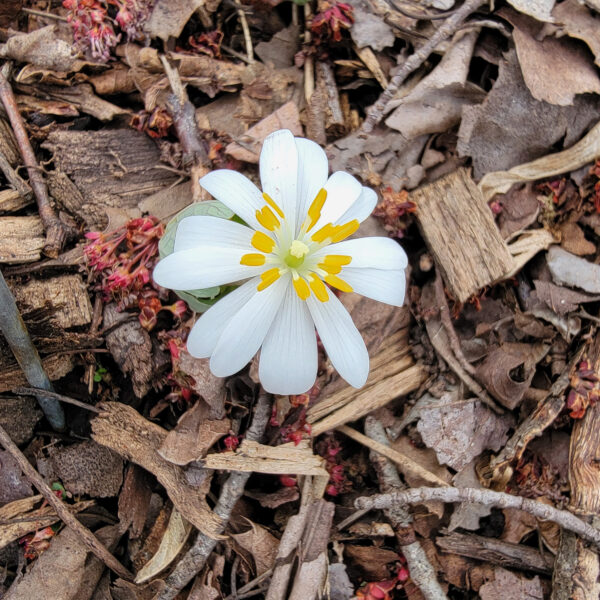

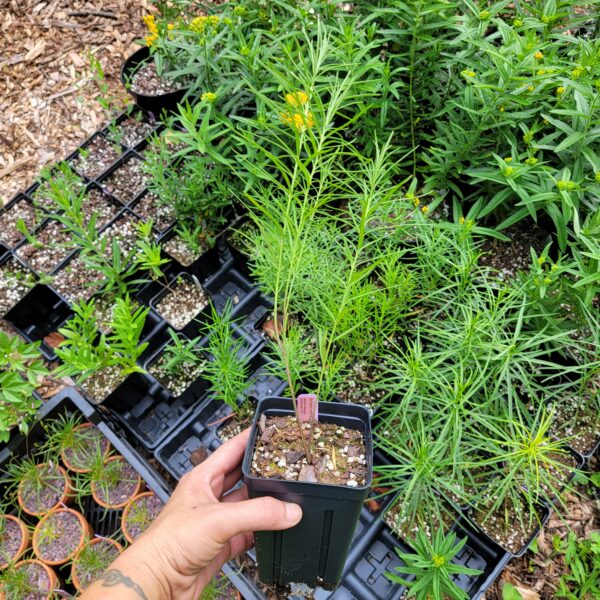



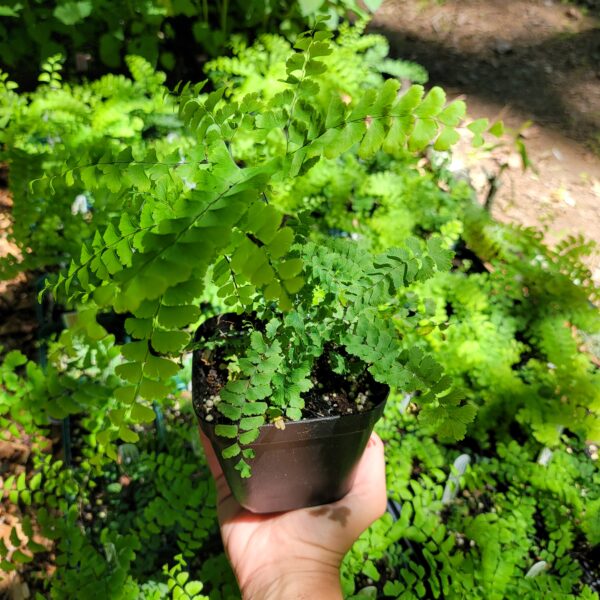


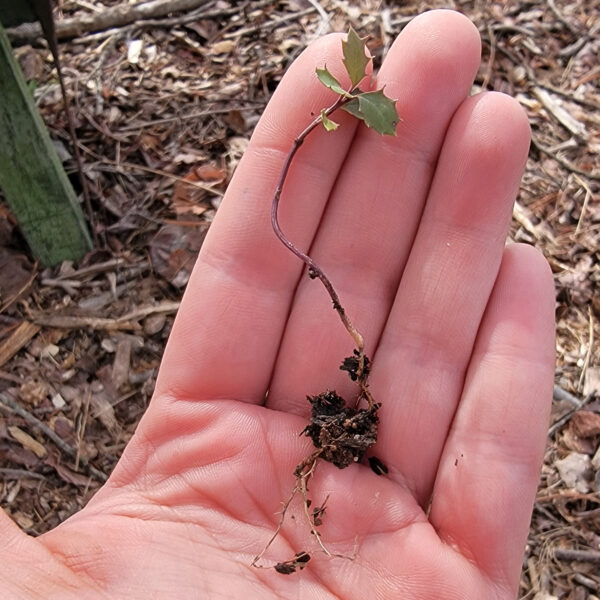
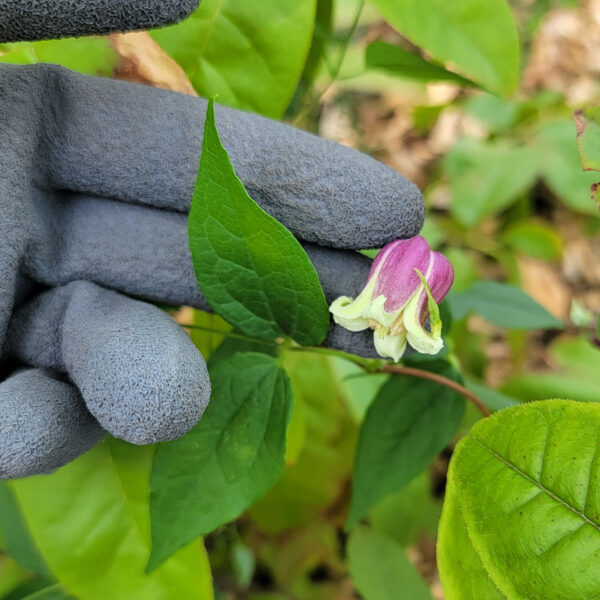
Reviews
There are no reviews yet.